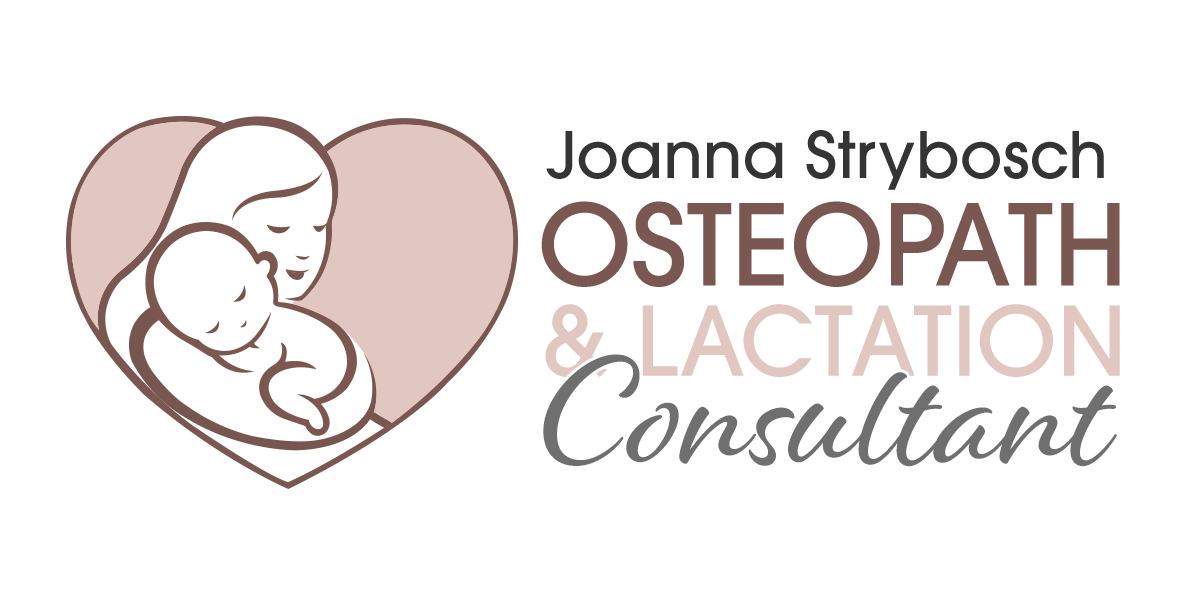World Breastfeeding Week 1-7th August 2023
For the majority of breastfeeding mothers, there comes a time when she has to return to work, and many of these women are still breastfeeding when that time comes. This should not herald the end of her breastfeeding journey. If a women wishes to continue providing exclusive breastmilk for her baby, as is recommended by the World Health Organisation, this is possible with the right supportive structures in place.
Combining work and continued breastfeeding requires commitment, organisation and planning as well as support attitudes from all sides. In Australia, breastfeeding in the workplace is protected under the Fair Work Act 2009. The Act includes provisions that require employers to provide reasonable accommodations to breastfeeding mothers to facilitate their ability to continue breastfeeding when they return to work.
Breastfeeding is a protected ground of discrimination. Making an employee feel uncomfortable about breastfeeding, or not providing adequate facilities or breaks, may constitute discrimination. It may also be a breach of work health and safety laws.
Whilst what is “reasonable” is open to interpretation, many employers have taken steps to accommodate the needs of breastfeeding employees, making it more feasible for them to continue breastfeeding when they return to work. A best practice employer can support employees who are breastfeeding by making sure they have suitable facilities available – such as a private room for breastfeeding, somewhere where they can store a breast pump, and a fridge where they can store any breast milk. Employees should also be given appropriate breaks so that they can breastfeed or express.
Best practice may look like the following:
- Breastfeeding Breaks: Many employers have become more understanding and accommodating when it comes to providing breastfeeding breaks. These breaks allow mothers to express breast milk or breastfeed their infants during working hours. The Fair Work Act 2009 mandates that employers offer reasonable unpaid breaks for this purpose.
- Private Spaces: Employers are increasingly providing private, clean and safe spaces for breastfeeding mothers to express milk or breastfeed, shielded from view and free from intrusion. These spaces are essential to ensuring a comfortable and suitable environment for mothers to carry out these activities.
- Flexible Work Arrangements: Employers are becoming more open to offering flexible work arrangements to accommodate breastfeeding mothers. This may include options for part-time work, adjusted schedules, or the ability to work remotely.
- Supportive Policies: Some companies have implemented supportive policies specifically addressing the needs of breastfeeding employees. These policies may include guidelines on breastfeeding breaks, space availability, and support for pumping or expressing milk.
- Positive Attitudes: There is a growing awareness and acceptance of breastfeeding in the workplace. Colleagues and supervisors are generally more understanding and supportive of the needs of breastfeeding mothers.
- Breastfeeding-friendly Employers: Certain companies have been recognized as “breastfeeding-friendly” employers, going above and beyond legal requirements to support their breastfeeding employees.
Despite the positive developments, challenges still exist for some breastfeeding mothers in the Australian workplace. Some potential challenges may include:
- Lack of Awareness: Not all employers may be aware of their obligations under the Fair Work Act or the benefits of supporting breastfeeding mothers.
- Lack of Facilities: Some workplaces may not have suitable facilities for breastfeeding mothers, making it difficult for them to express milk or breastfeed comfortably.
- Workload Pressures: In certain industries or high-pressure job roles, finding time for breastfeeding breaks can be challenging.
- Stigma: While societal attitudes towards breastfeeding have improved, some women may still encounter stigma or discomfort when breastfeeding in public or in the workplace.
- Work-life Balance: Balancing work responsibilities and breastfeeding can be demanding and stressful for some mothers.
To continue improving the experience of breastfeeding mothers in the workplace, it’s essential for employers to stay informed about their legal obligations and to create supportive environments that prioritize the well-being of their employees, including those who are breastfeeding. Public awareness campaigns and ongoing education can also contribute to reducing stigma and promoting a breastfeeding-friendly culture in Australia.




